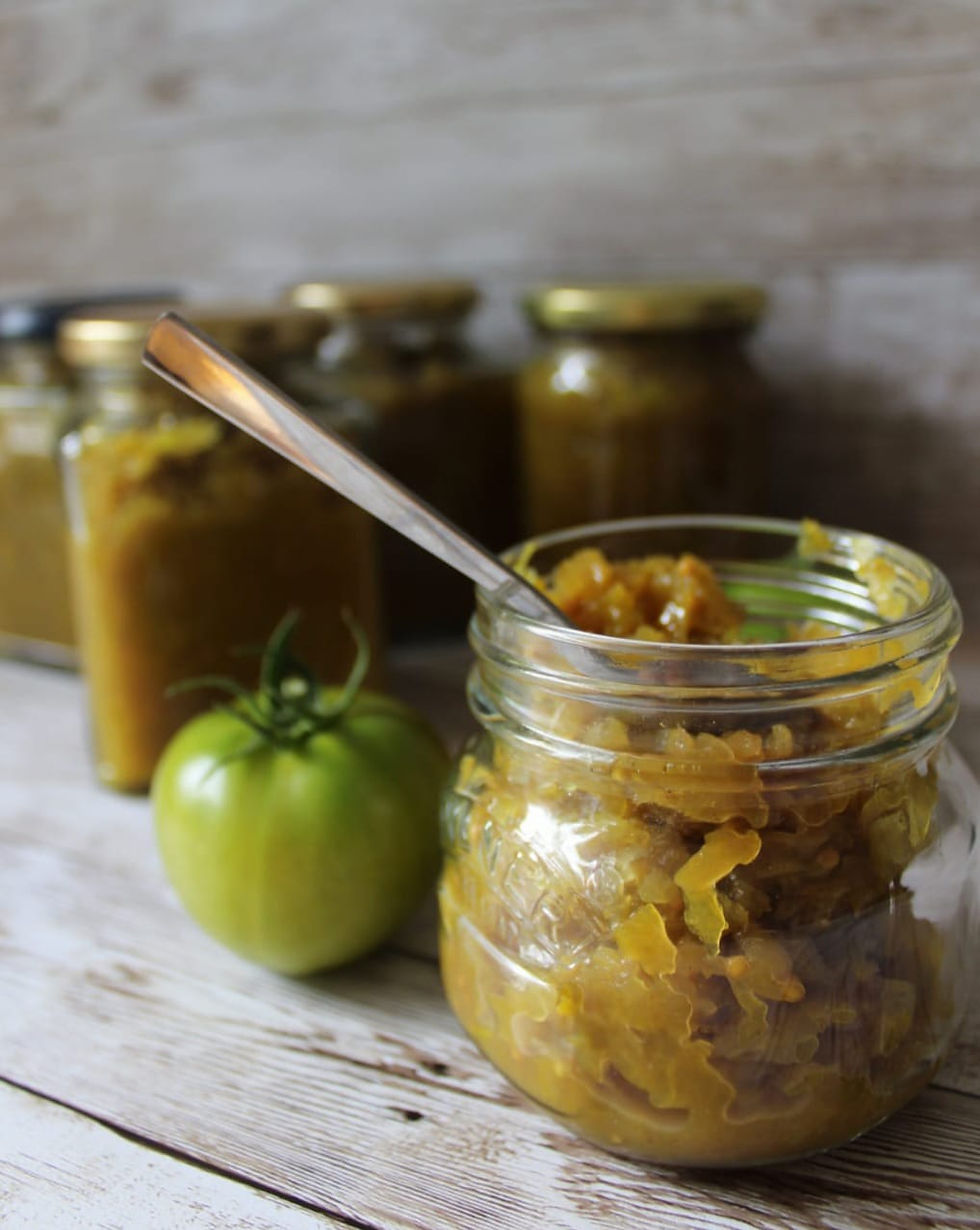Paratha Flatbread
- Teresa

- Aug 30, 2023
- 3 min read
Updated: Sep 1, 2023
Lots of meals are made and even improved by the sides that you serve with them and never more so than a curry. Think Samosas, Sag Aloo or these stunning Pholourie and you will know what I mean.
With that being said, let me introduce you to these Trinidadian paratha. They are roti or flatbreads taken to another level. Soft, silky and flaky with layers that separate like a dream. And the very best type of dream at that!
Despite appearances, these flatbreads are not difficult to make and do not require any special ingredients or equipment. Traditionally, paratha, like many other flatbreads, are cooked on a 'Tawa'. A flat pan which is set over the flame of the stove. However, as I do not possess a tawa, I use either a good, heavy frying pan or, more often, a crepe maker.
There are many kitchen gadgets that really are a luxury but absolutely non-essential. For me, the crepe maker is a definite luxury but so handy and so used that I do not think that I could do without it.
Most paratha recipes call for margarine of some sort. However, I much prefer butter. Not only is it much healthier, but it makes, in my opinion, a much softer roti.
Leave plenty of time to rest the dough before rolling out for the final time and cooking. This relaxes the dough, and makes more delicate layers.
And finally, this paratha is also known as Buss up shut, meaning busted-up shirt. This is because the final step calls for you to break up the roti, making it look like a torn shirt. The simplest, and most fun, way of doing this is to 'clap' the roti between your hands, turning it a couple of times. It does not have to be perfect or uniform. All that you want is for the layers to begin to separate.
Paratha Flatbread

Ingredients:
600g Plain flour
2tsp Baking powder
1tsp Salt
200ml Slightly warmed water
200ml Slightly warmed milk
120g softened Butter
2tbsp Oil
Extra flour for dusting
Method:
To begin, place the flour, baking powder and salt into a bowl.
Add in the milk and water and mix until all the ingredients have come together.
Knead the dough for 3-5 minutes until it is smooth and no longer sticky.
Drizzle a little oil over the dough, leaving it in the bowl, and cover with a towel or plastic wrap.
Rest for 15 minutes.
Prepare the filling: Mix the oil and butter together in a bowl and set aside.
Turn the dough out on to a lightly floured surface and divide into 8 equal pieces.
Roll each one into a ball.
Take one of the dough balls and using a rolling pin, roll out to approximately 9' circle.
Using a spatula, spread a layer of butter over the whole surface of the dough, sprinkle a little flour and make a cut through half of the circle.
Begin to fold the dough over, following the circle to create a cone shape.
Tuck the bottom into itself and press the top in.
Repeat with all the pieces of dough, cover with a towel or plastic wrap and allow to rest for at least an hour.
Place a heavy frying pan on a medium heat and use some of the remaining butter to oil the pan.
Roll one of the balls out on a floured surface until it is at least 10' and very thin.
Place onto the pan and cook for 1 minute on each side.
Using a pastry brush, brush on a little butter to each side during cooking.
Place the paratha on a baking sheet or a clean flat surface, allow to cool for a minute before the final step.
Using both hands 'clap' the paratha between them, turn the bread and clap again. Do this several times to encourage the layers to separate.
Repeat with each ball of dough.
Wrap the paratha in foil and a tea towel to keep warm.






Comments